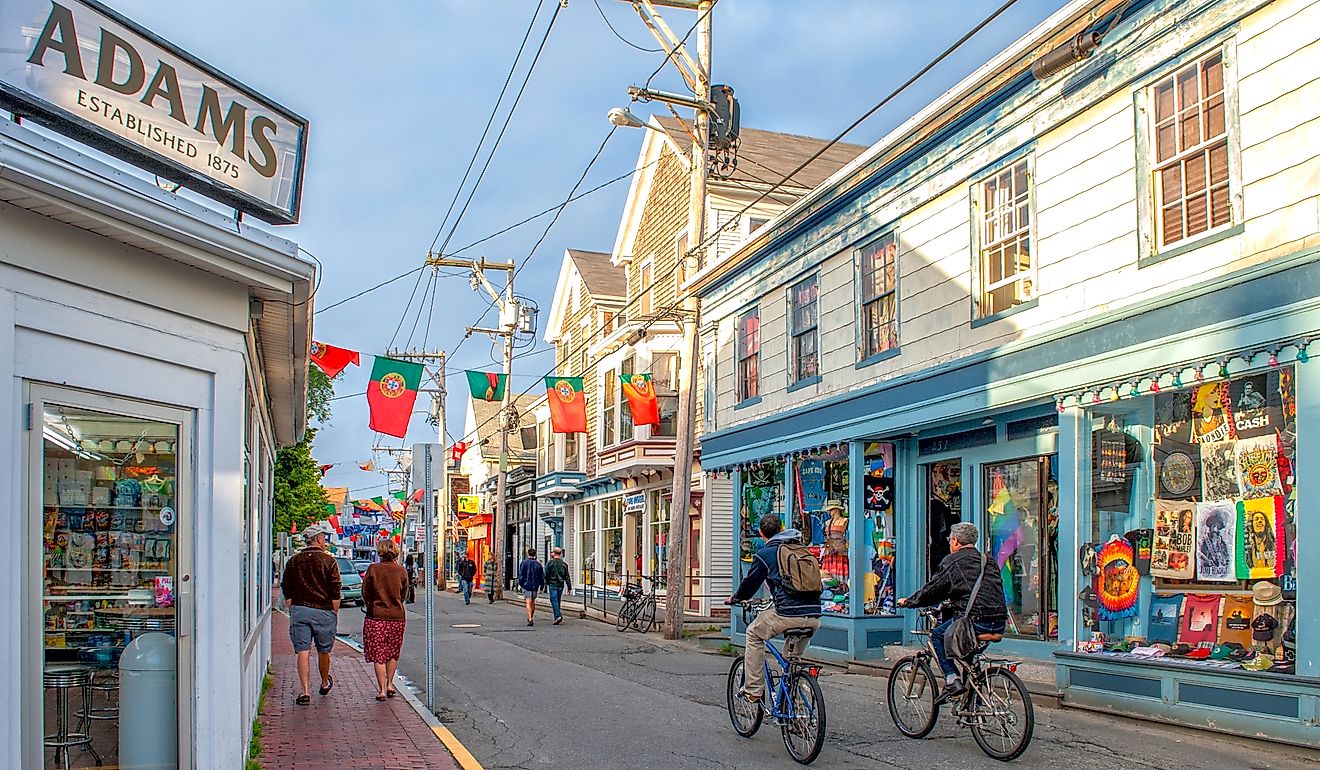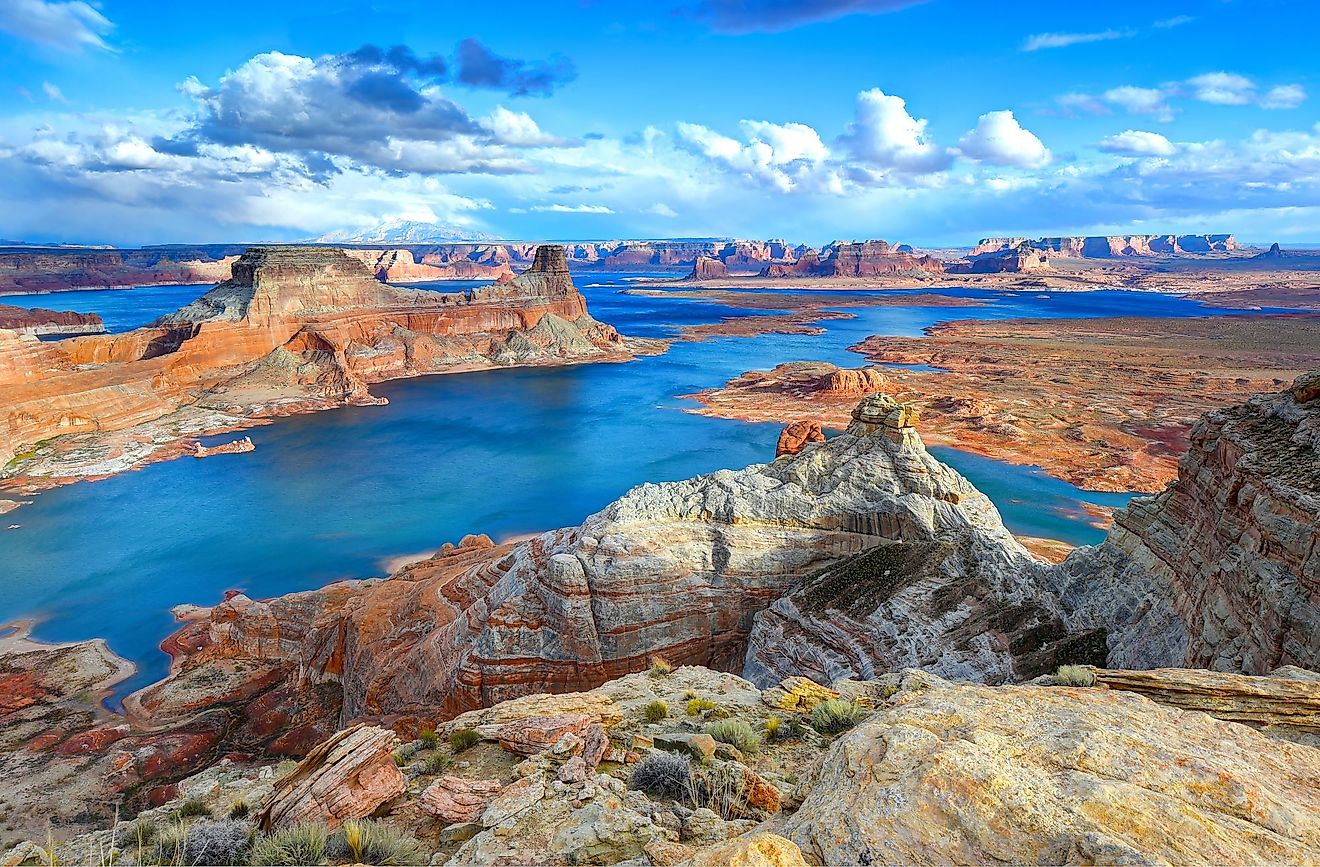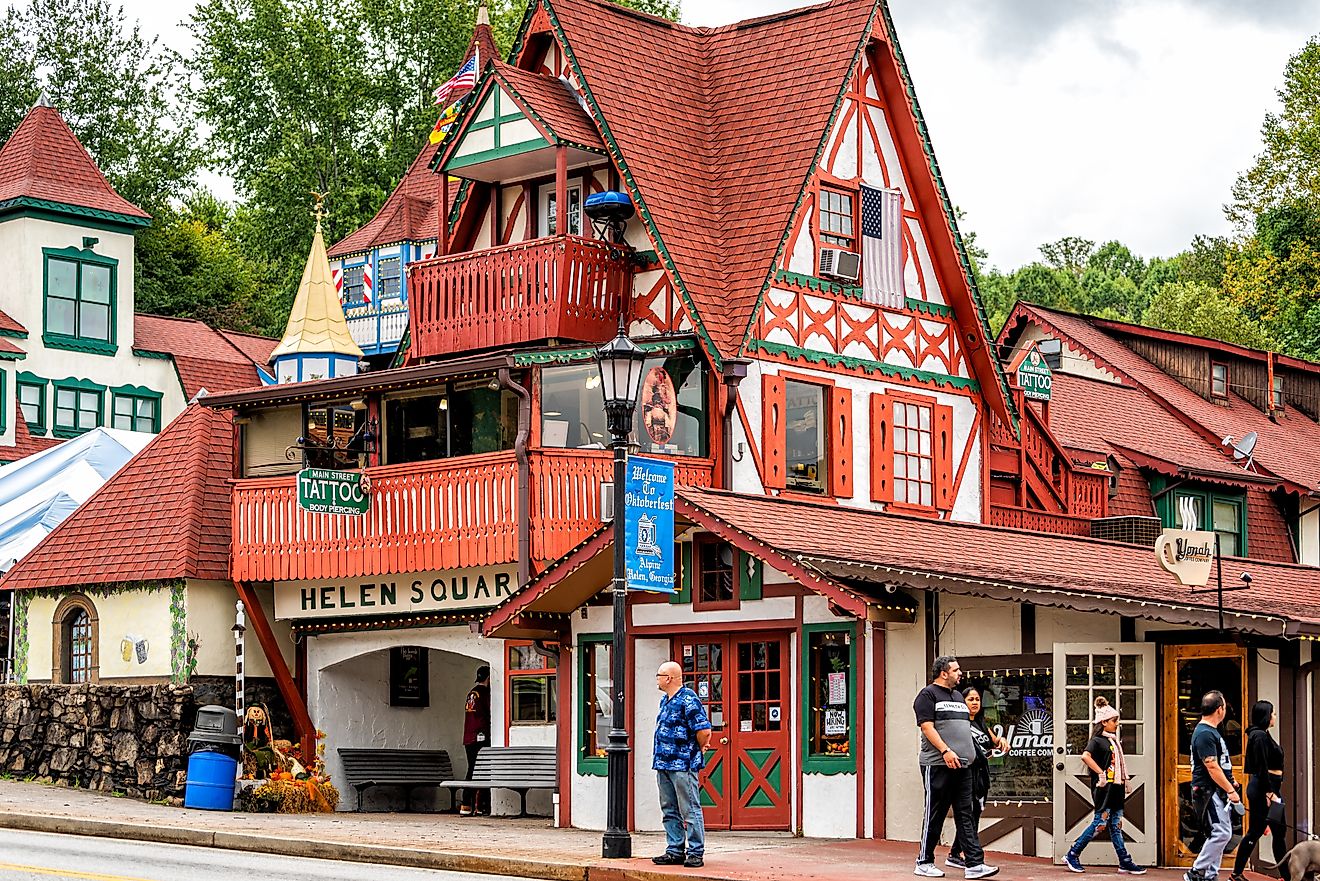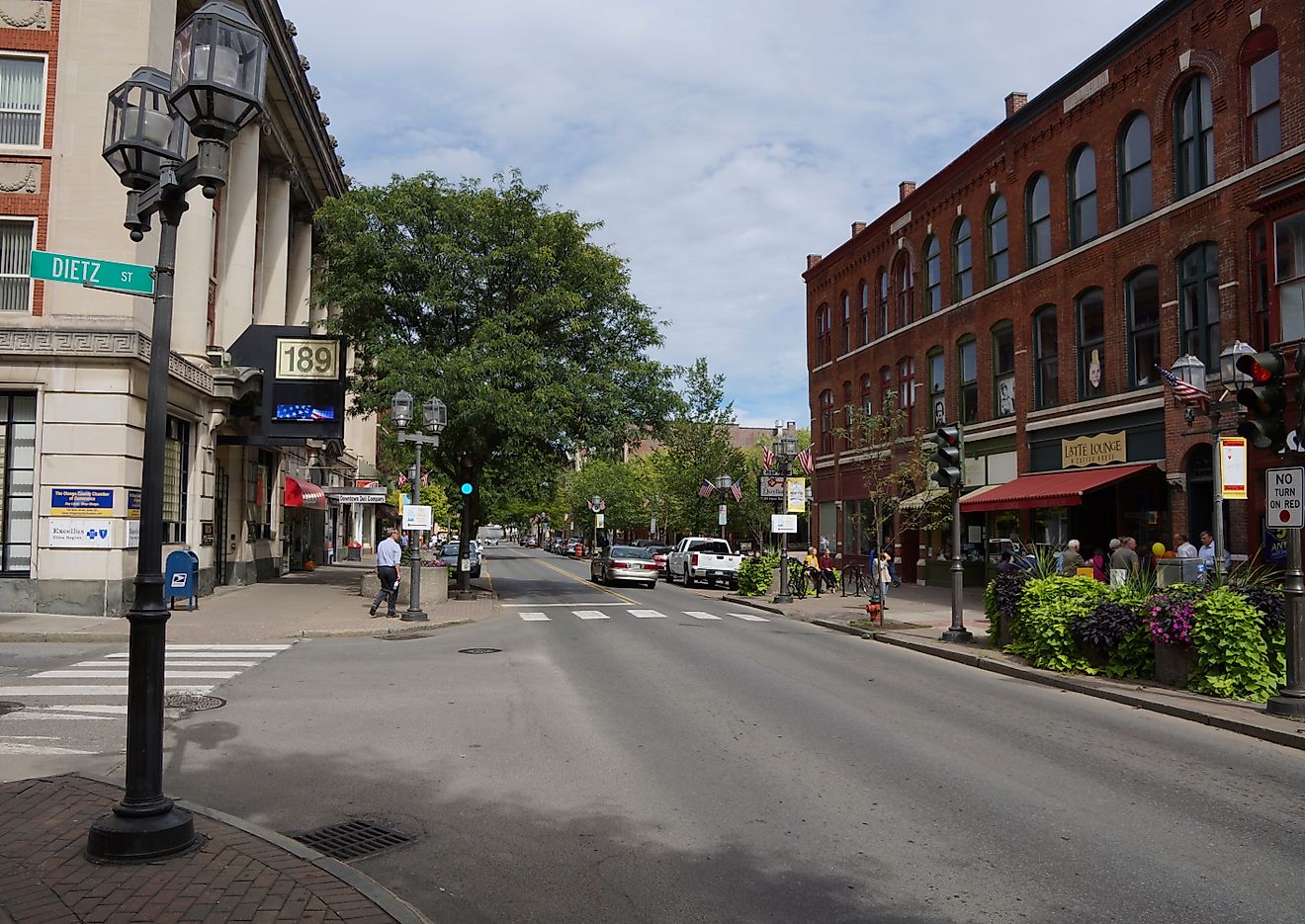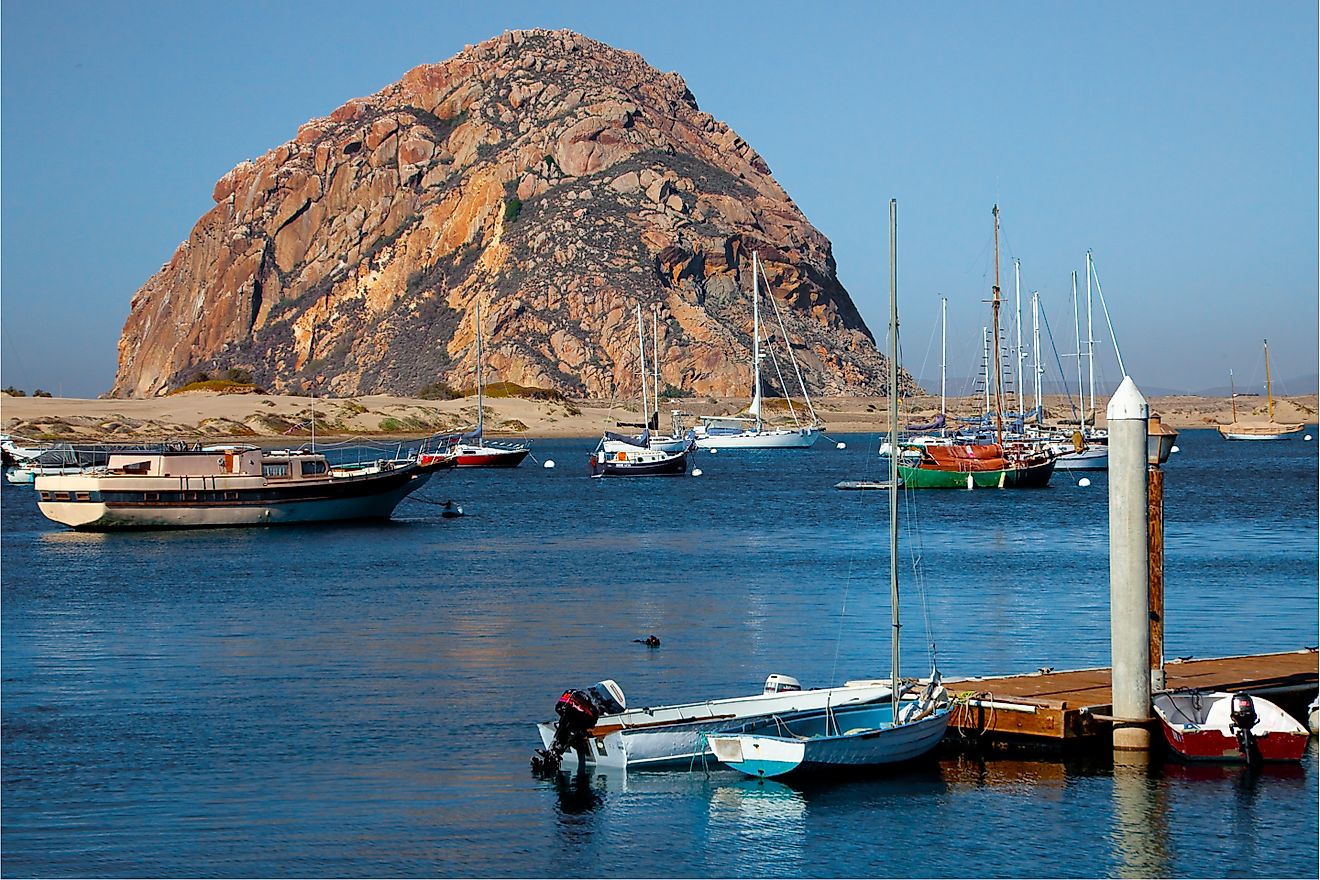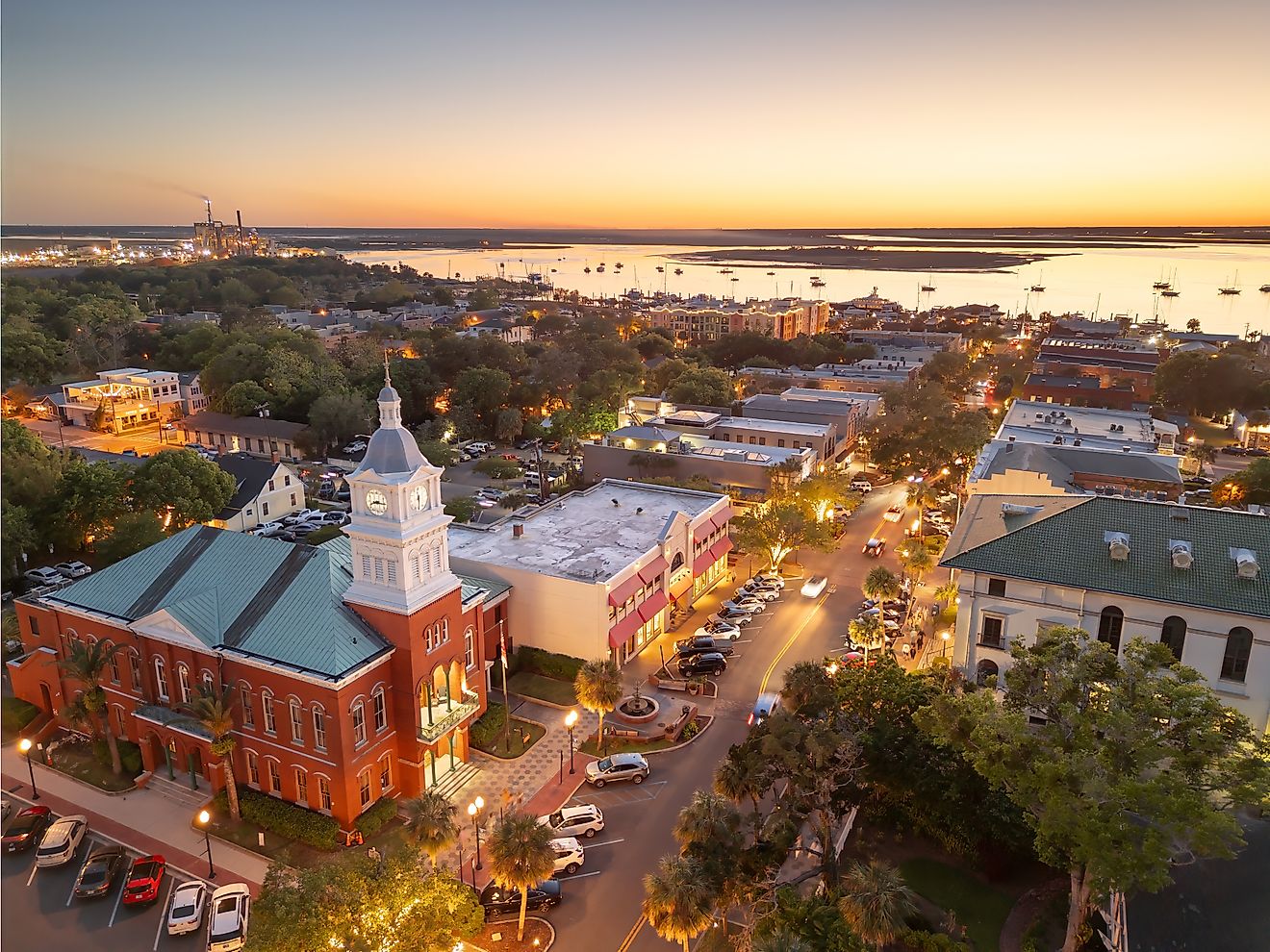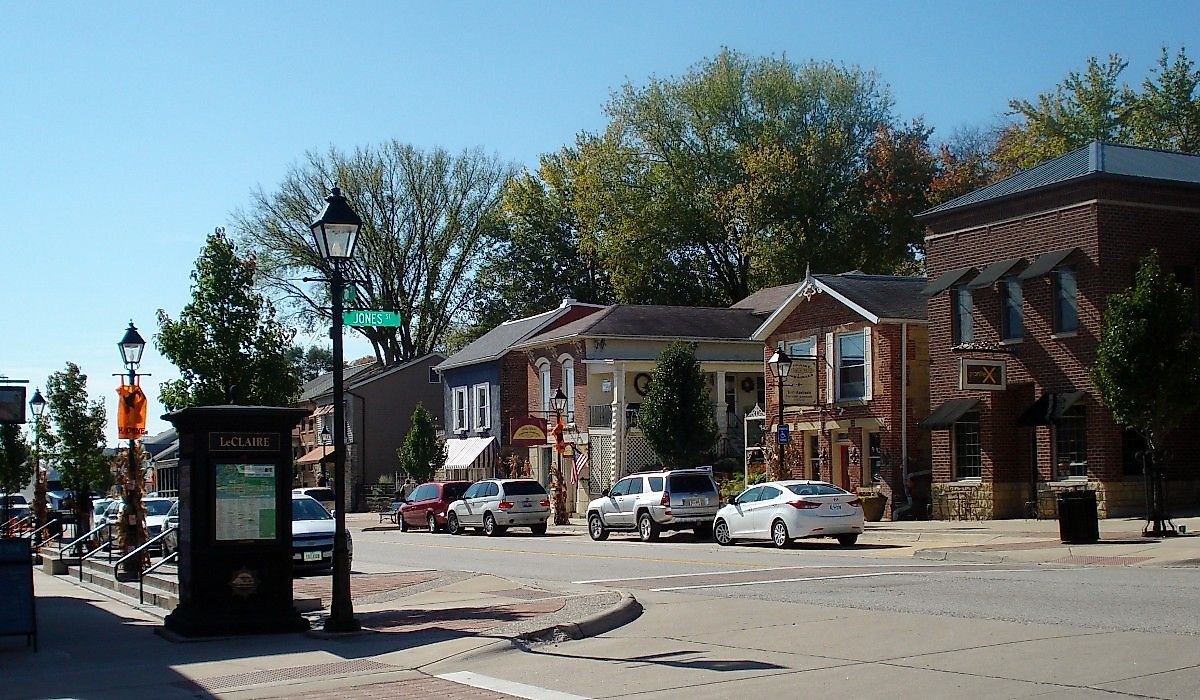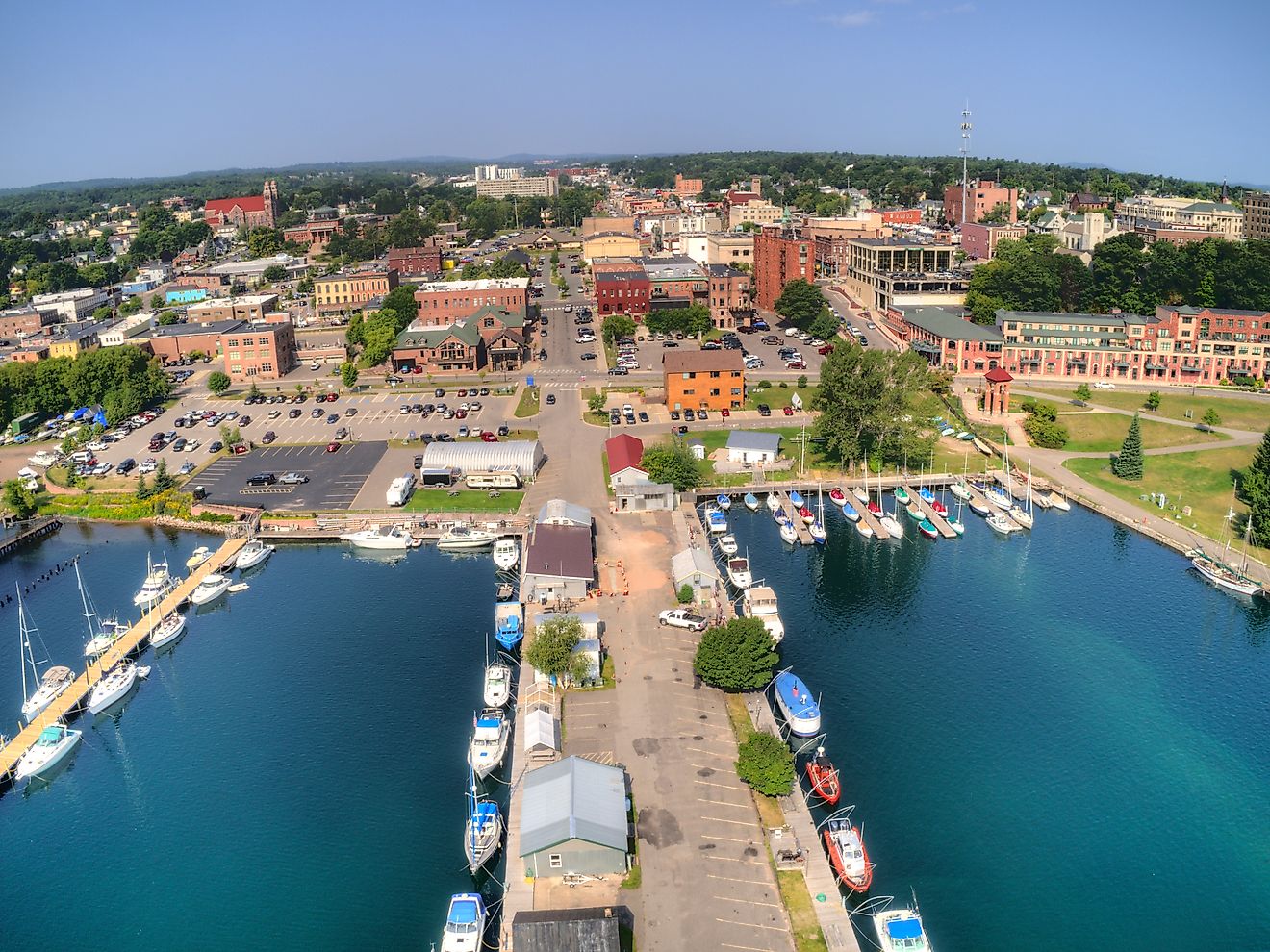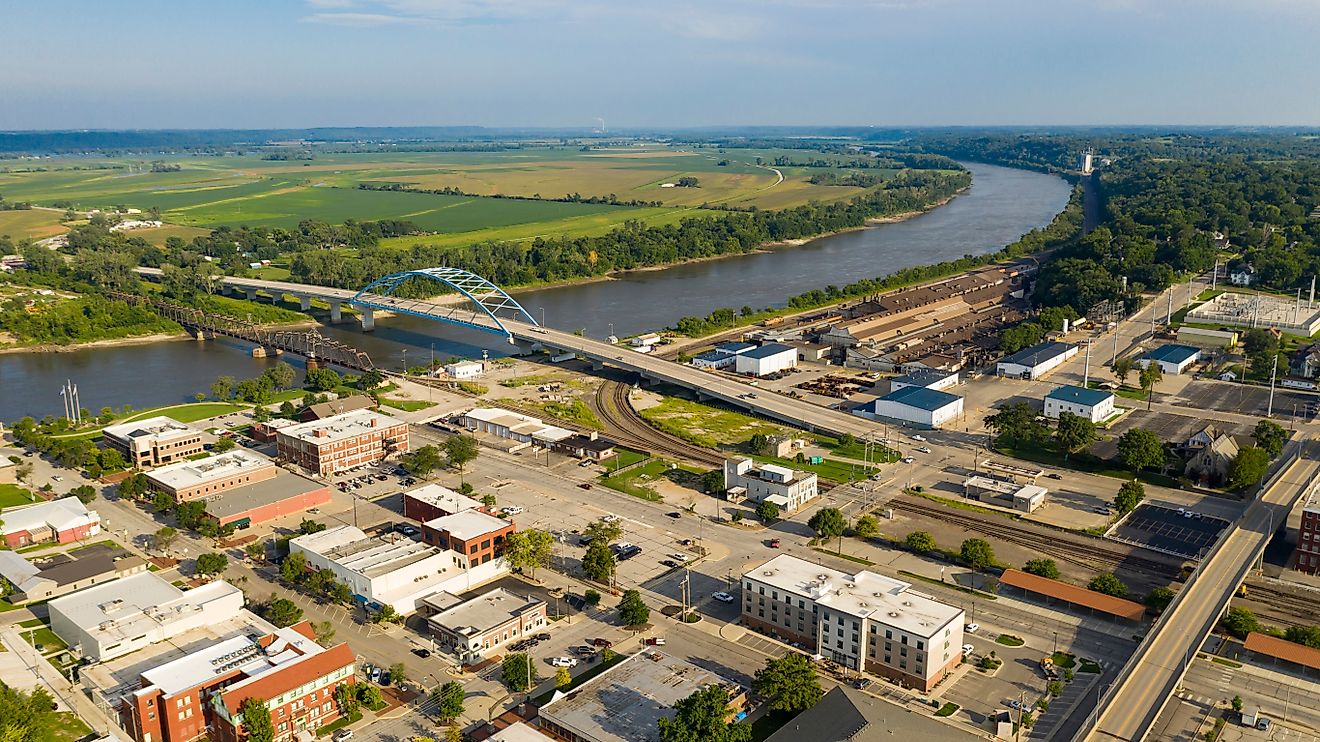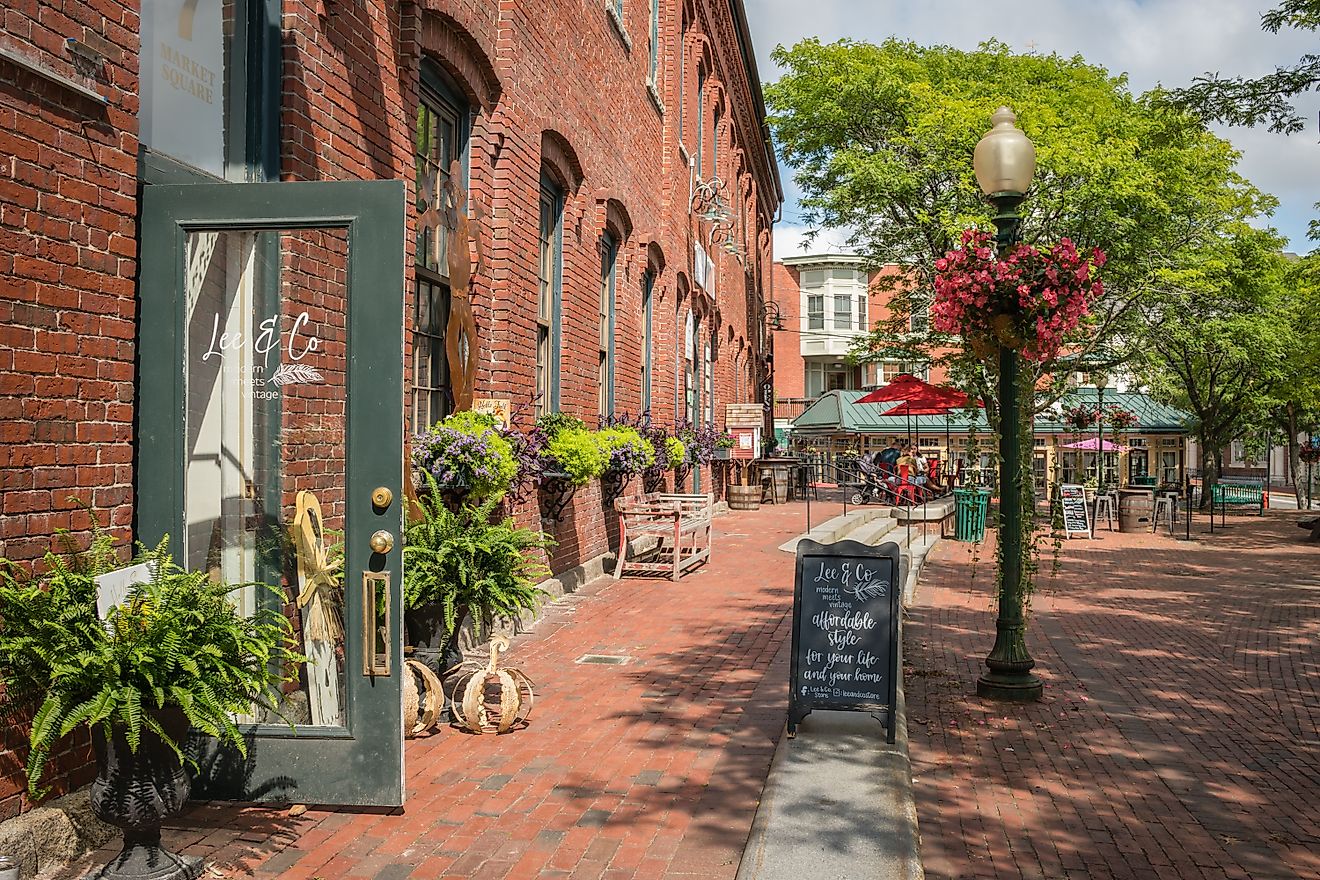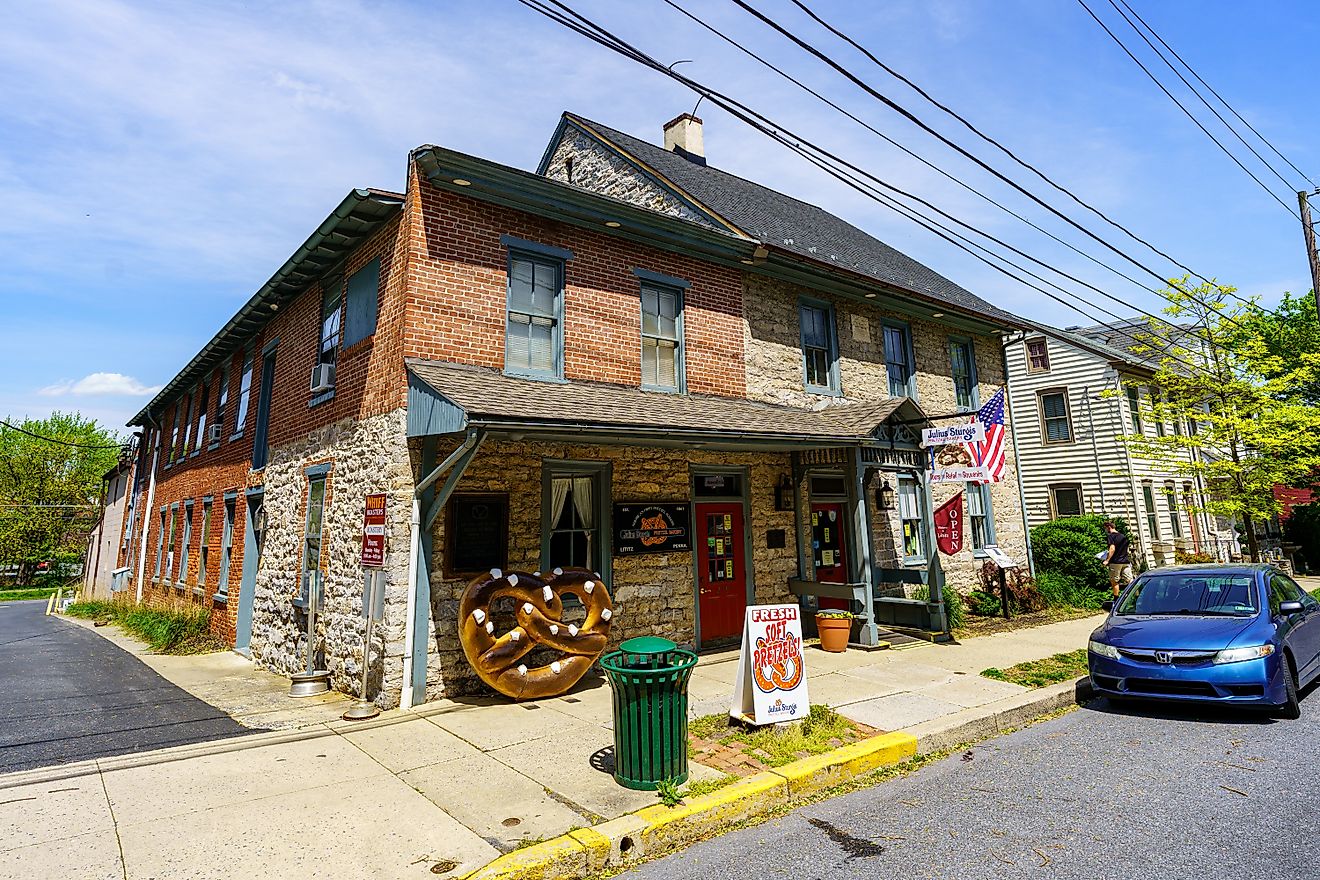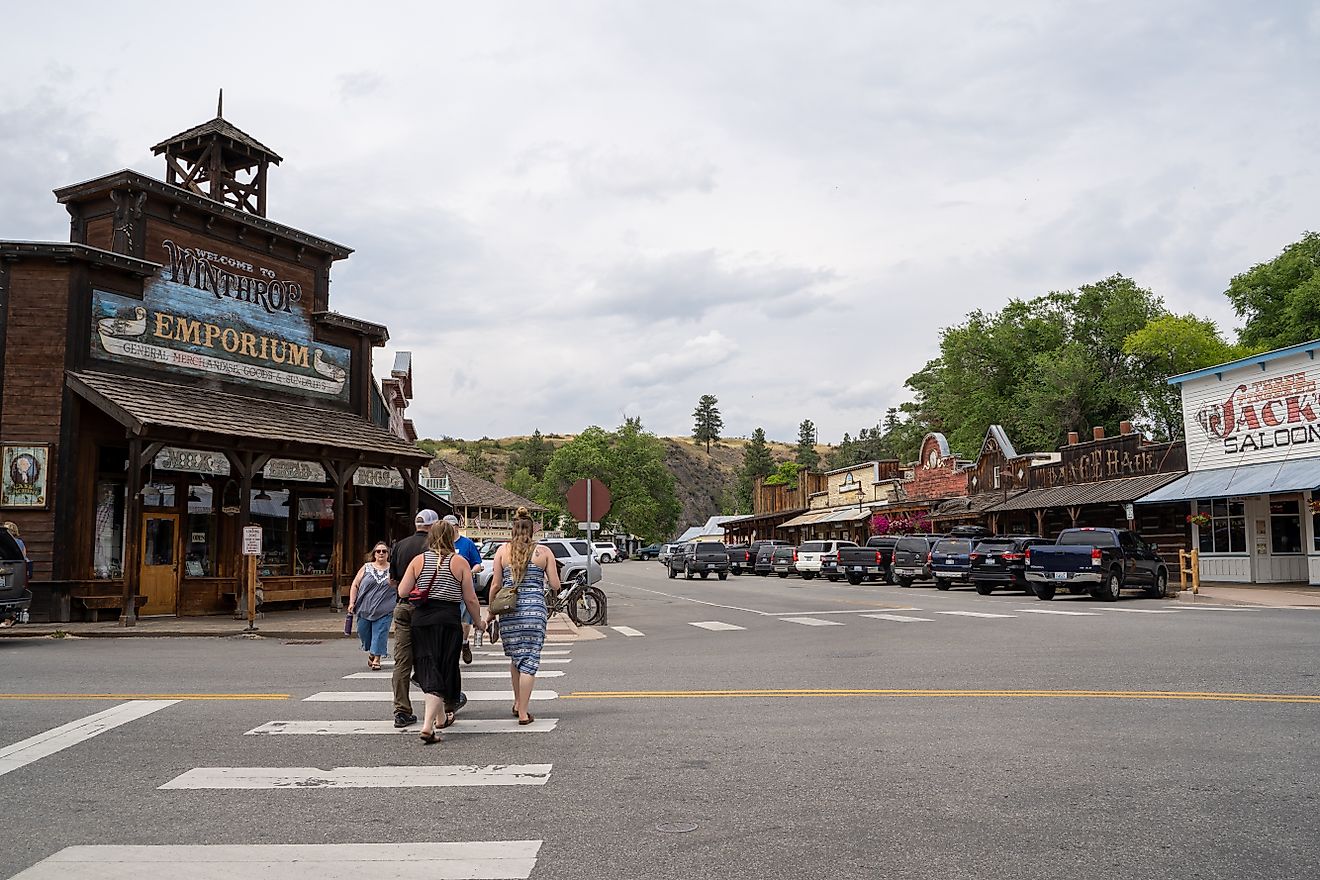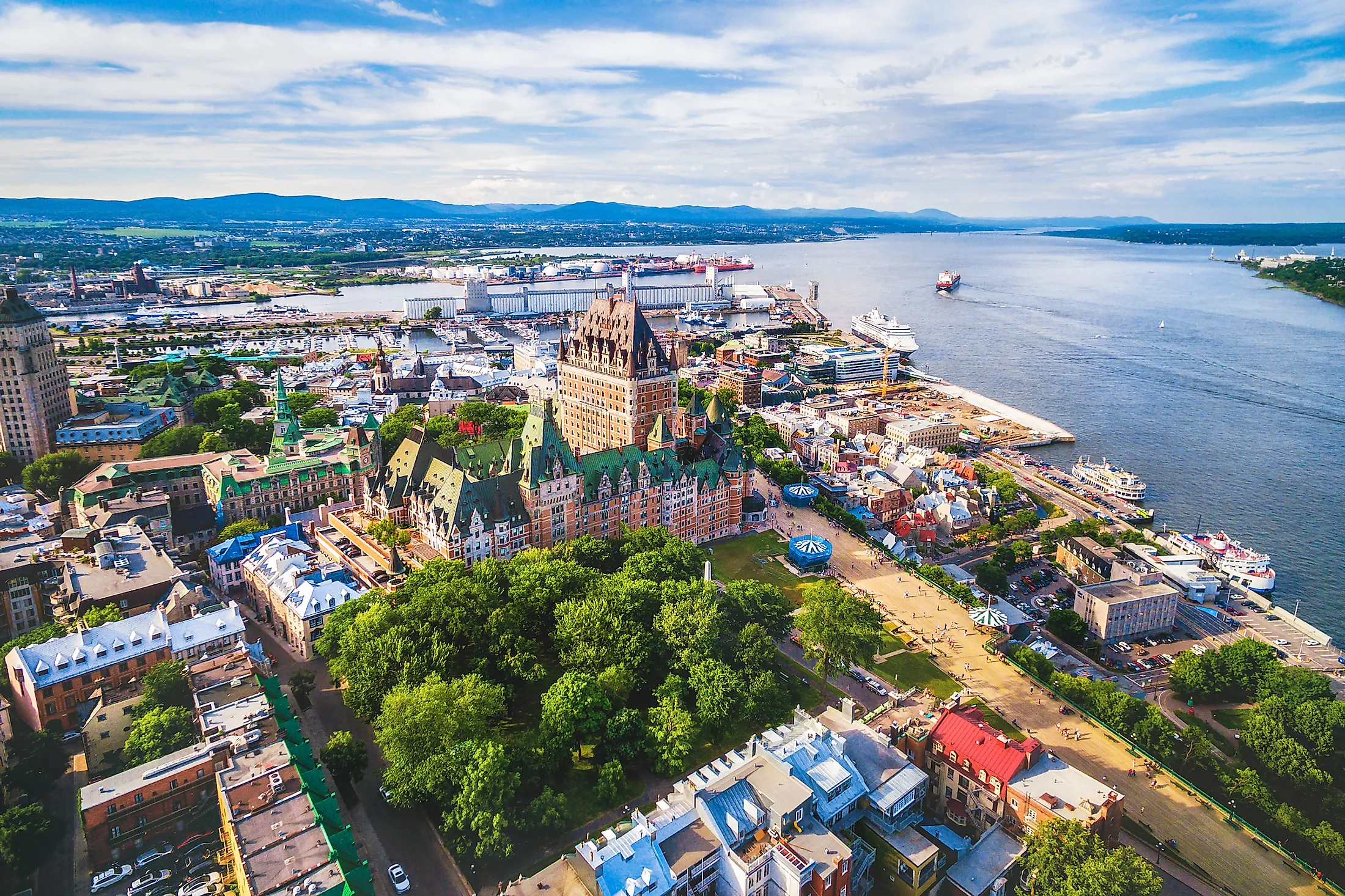
Quebec City, Canada
Rife with history and featuring the world-renowned Château Frontenac, Québec City is the capital city of the Canadian province of Québec. Often cited as North America's most European city, Québec City was designated a UNESCO world heritage site in 1985 since it serves as the birthplace of French Canada and is the only fortified city north of Mexico.
Geography Of Québec City
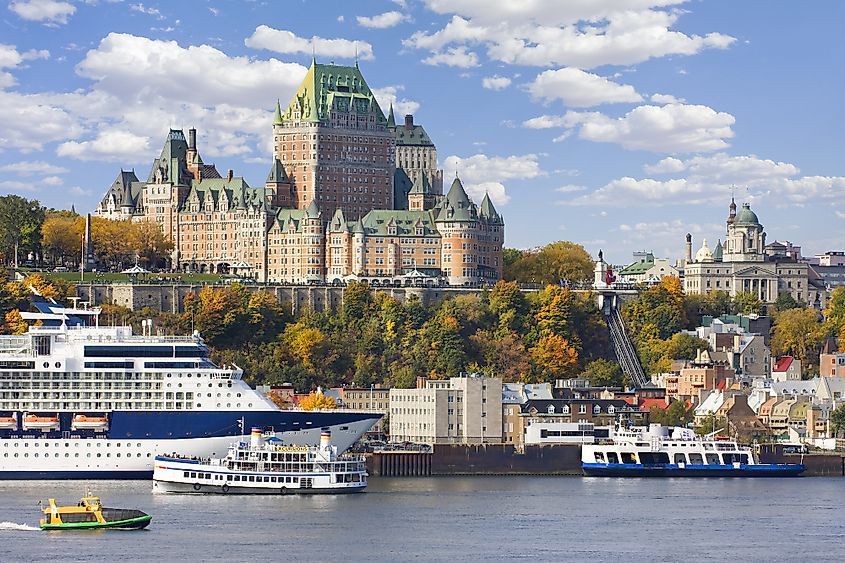
Serving as the capital of Québec province, Québec City is situated on St. Lawrence River's north shore in southeastern Canada. Here, the St. Lawrence River narrows to less than a mile and meets the Rivière Saint-Charles. Several islands within the region complicate navigation, the largest of which is Île d'Orléans. The city earned its name "Gibraltar of North America" after Cap-Diamant, a 321-foot promontory that was effectively used as a fortification. The city is divided into upper and lower parts. Furthermore, the city contains many neighborhoods located within a limited area. These include Old Québec, which is currently located at the foot of Cap-Diamant plateau, Saint-Jean-Baptiste, Montcalm, Saint-Roch, Limoilou, and Saint-Sauver.
To the north of the city lie the Laurentian Mountains, although the municipal limits actually contain a portion of their foothills. Moving on to the plateau's southeastern region, a historic area with high stone walls known as the Plains of Abraham can be located. Québec City has a total area of 187.5 square miles and has the geographic coordinates of 46.8139°N and 71.2080°W (46.8139, -71.2080). As the city is perched on cliffs overlooking the St. Lawrence River, Québec City has an elevation of approximately 321 feet above sea level.
Climate Of Québec City
Québec City experiences a continental climate with extremes of hot and cold. These temperatures are affected by major continental air masses that are swept down from the northwest. Cool northeast summers are produced when these air masses encounter the cold Labrador Current. On the other hand, summer heat waves and abundant winter snowfall are both produced due to hot, humid air from the Gulf of Mexico. During the colder months, temperatures can drop to -22°F or below, with the coldest temperature reaching -34.1°F.
In contrast, the city's warmest days can reach temperatures of 90°F, with the highest temperature on record being 96.1°F. January is the year's coldest month with an average temperature of 12°F, whereas July is the year's hottest month with an average temperature of 68°F. In terms of precipitation, Québec City receives an average of 46.9 inches of rain and an average snowfall of 124 inches annually. According to various tourism scores, the best time of year to visit the city for warm-weather activities is late June to early September. However, the city has been gaining popularity over the years as an ideal winter destination as well.
Brief History Of Québec City
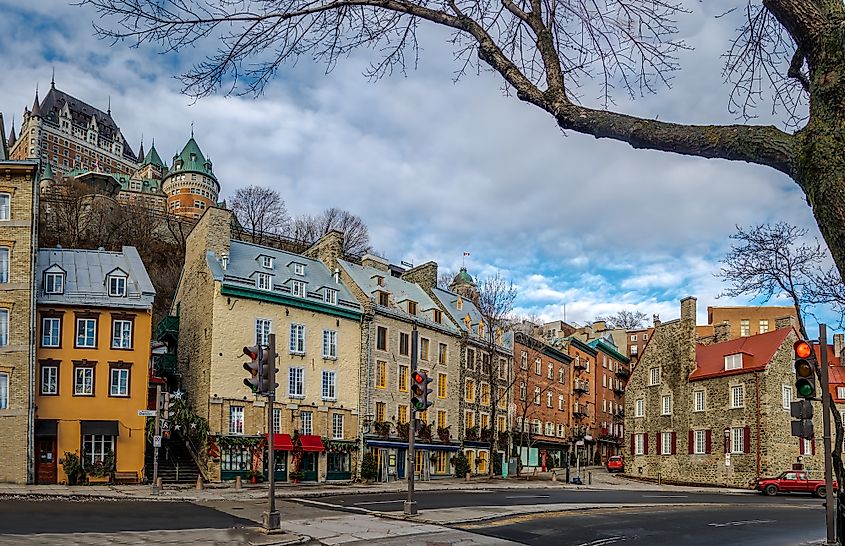
Founded in 1608 by French explorer Samuel de Champlain, Québec City was initially established as a trading post due to its very strategic location. What was initially a small colony of private fur traders and missionaries grew to become a small settlement by 1645 as locally based merchants gained control. Given its unique vantage point on the cliffs, cannons had a clear line of sight and could fire across the river, thereby preventing enemy vessels from entering. This led Louis XIV, also known as "the Sun King," to choose this site as the capital of New France in 1663, which was to become a royal province under his control. Moreover, doing so would provide the French with a strategic control point between the Atlantic and the region's many navigable water bodies.
To resist the British, who were persistent in gaining full control of North America, the French colonists established various forts and military structures to further reinforce their claim to the area. However, New France ultimately met its demise after all French forts east of Québec City were seized by General James Wolfe and a huge British naval fleet in 1759. The Battle of the Plains of Abraham, which took place months after the initial siege, claimed the lives of both General James Wolfe and the French general, the Marquis de Montcalm. This battle is viewed as a symbolic representation of New France's death and British Canada's birth, given their victory. Québec City witnessed significant growth under British rule, as large capital investments and more robust trade enabled the timber, fishing, shipbuilding, and fur-trading industries to expand substantially. The British also built a star-shaped fortress and a massive stone wall to expand Québec City's fortifications further to prevent any potential invasions from their former American colonies.
Québec City was established as Lower Canada's capital by the constitution of 1791. However, this subsequently changed by 1840 as Montréal claimed the title after Upper and Lower Canada were united by the Act of Union. Upon the unification of the four colonial provinces of Ontario, Nova Scotia, New Brunswick, and Québec and the creation of Canada in 1867, Québec City became the capital of its province. In 1985, Québec City was declared a UNESCO world heritage site due to its extensive historical significance.
Population And Economy Of Québec City
Ranking as Canada's eighth most populous city, Québec City has an estimated 2022 population of approximately 836,800 individuals. The city has experienced growth at a steady rate of 0.65% over the past ten years. Each year, the population grows by an average of 4,500 individuals. Québec City has an average age of 43.3 years, with 4.7% of the city's population being children under the age of five. The city ranks low on cultural diversity, with the vast majority as White and only 6.4% of visible minority status. Of this percentage, 2.4% are Black, 1.3% are Latin American, 1.2% are Arab, 0.5% are Southeast Asian, 0.4% are Chinese, 0.3% are South Asian, and 0.1% are West Asian. As for its religious makeup, 63.8% is Christian, 20.14% are non-religious, 7.6% are Muslim, 10.6% are Jewish, 1.8% are Hindu, 0.09% are Sikh, and 0.3% belong to other religions. The vast majority of the city's residents are native French speakers, with 94.6% using French as their first language. Nevertheless, more than 30% of the city's population can speak both French and English fluently.
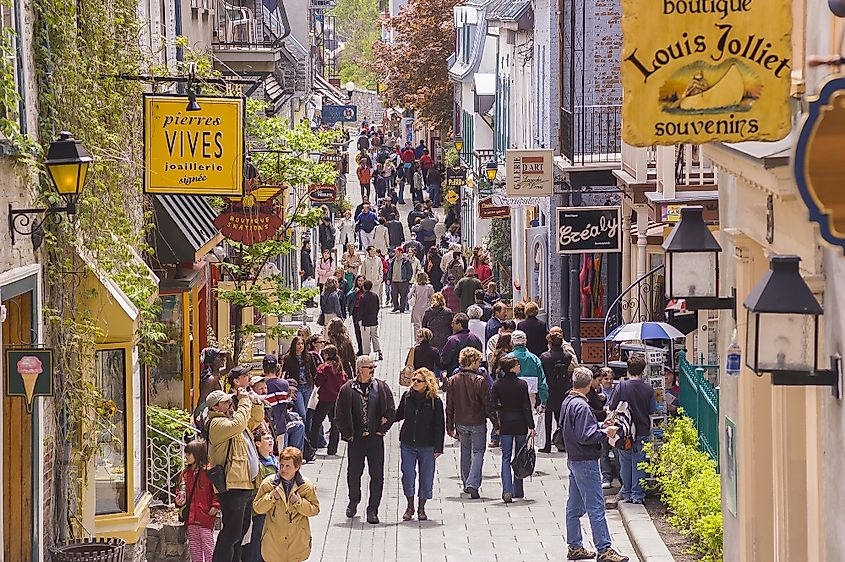
The city has a more equal income distribution when compared to other cities in North America. Québec City has an employment rate of 62.9% and an unemployment rate of 4.2%. With over 12,500 jobs created in just 2021, there are approximately 435,800 individuals currently employed within the city. The city also has one of the most consistent growth rates in Canada, as it has grown by an average of 2% annually over the past 24 years. The city's key industries include insurance, financial services, business, life sciences, health technologies, nutrition, digital arts, smart building, artificial intelligence, and optics-phonics.
Tourist Attractions In Québec City
Fairmont Le Château Frontenac
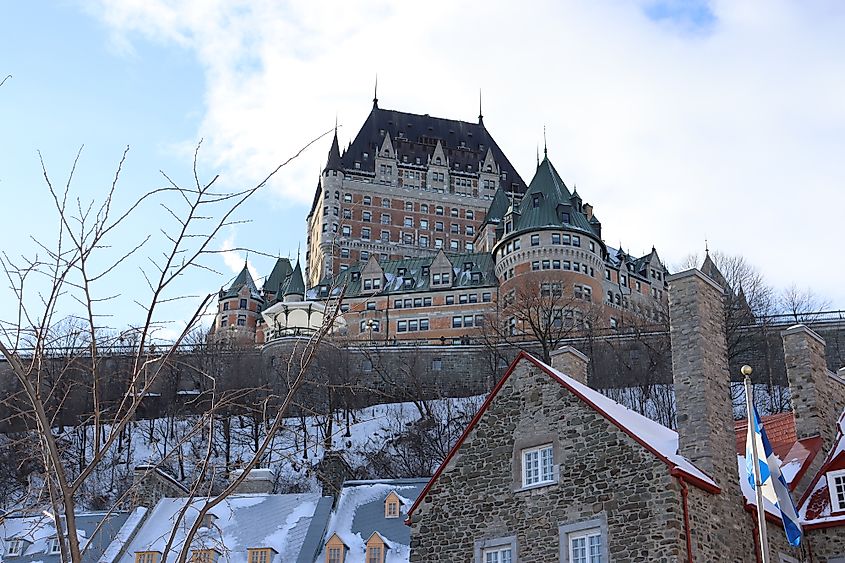
Frequently viewed as an icon of Québec City, the 170-room historic hotel was first opened in 1893 by William Van Horne, president of the Canadian Pacific Railway. Although initially constructed with the aim of promoting luxury train travel by drawing in travelers, an addition of a central tower and three wings had taken place by 1924. Said to be the world's most photographed hotel, the city icon has maintained its key position atop Cape Diamond for well over a century. The hotel is also open to visitors wishing to admire various historical artifacts, learn more about the legendary castle, and view the scenic spectacles of the St. Lawrence River and the Dufferin Terrace. Visitors can also make their way to the Saint-Louis Forts and Châteaux National Historic Site located underneath the Dufferin Terrace during the summer months.
Montmorency Falls
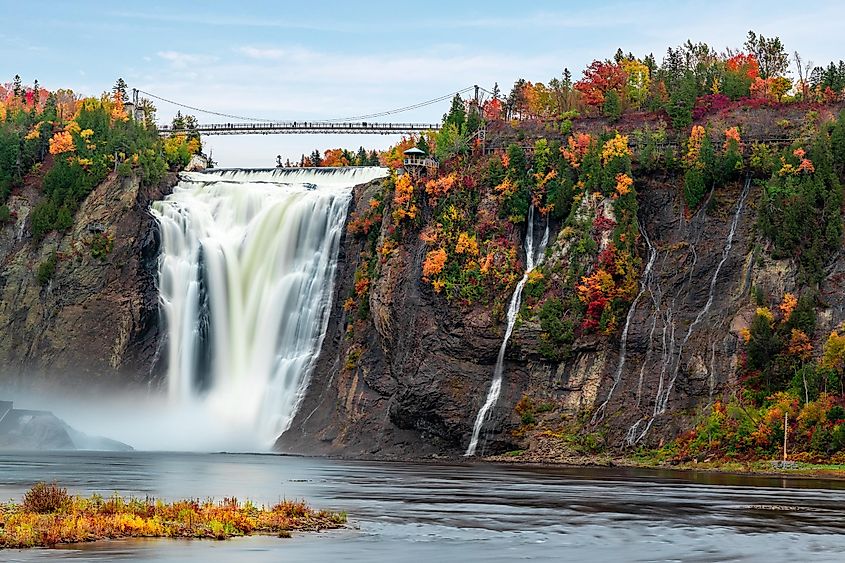
A spectacular historic site located a few minutes away from Old Québec, the Parc de la Chute-Montmorency features a 272-foot-tall waterfall that is higher than the Niagara Falls. As an ancient remnant of the Paleozoic era, the falls attract thousands of visitors annually. Although visible as a single waterfall, Montmorency Falls actually contains three separate waterfalls. The park primarily focuses on the largest of these waterfalls, which is the Grand Sault. Of the remaining two, one is natural, whereas the other is human-made as a result of a hydroelectric power station. Visitors can make their way to the top of the cliff via cable car or by hiking on the various trails. As for those seeking some thrills, the ultimate adrenaline rush can be achieved by zip-lining across the falls.
Although often overshadowed by Montréal, Québec City continues to be one of Canada's most sought-after tourist destinations. With an incredibly rich history that stretches back well before Canada was even created, this UNESCO world heritage site is rich in French Canadian culture. Québec City's distinct old-world character, combined with the scenic wonders of its location and booming economy, make it a destination highly worth placement on one's radar.
